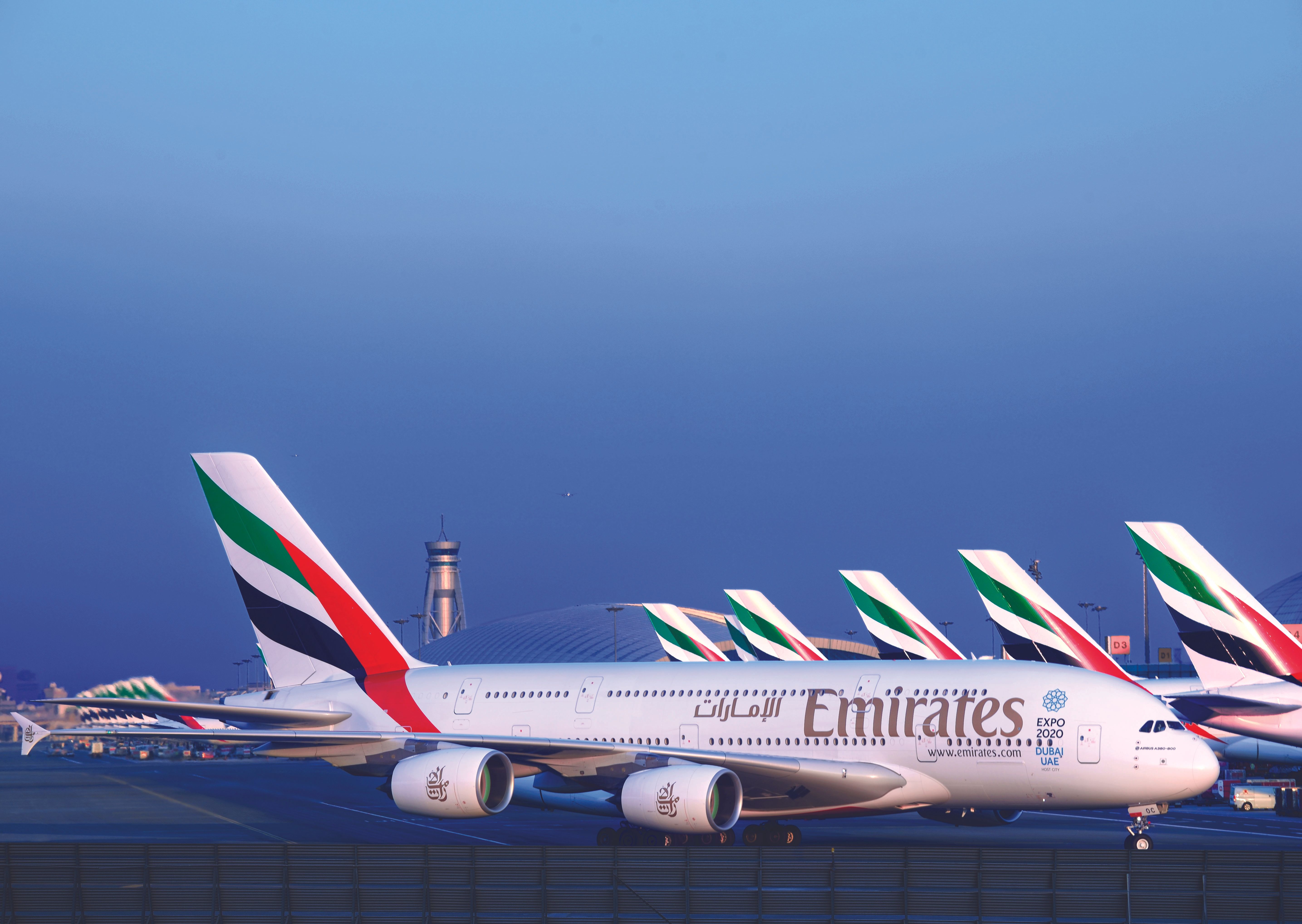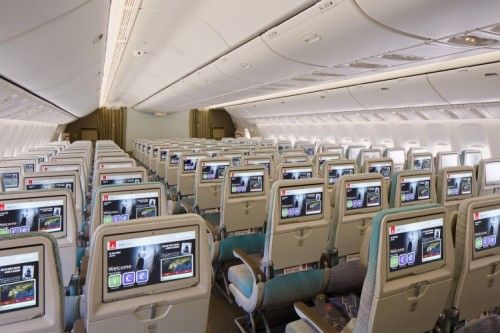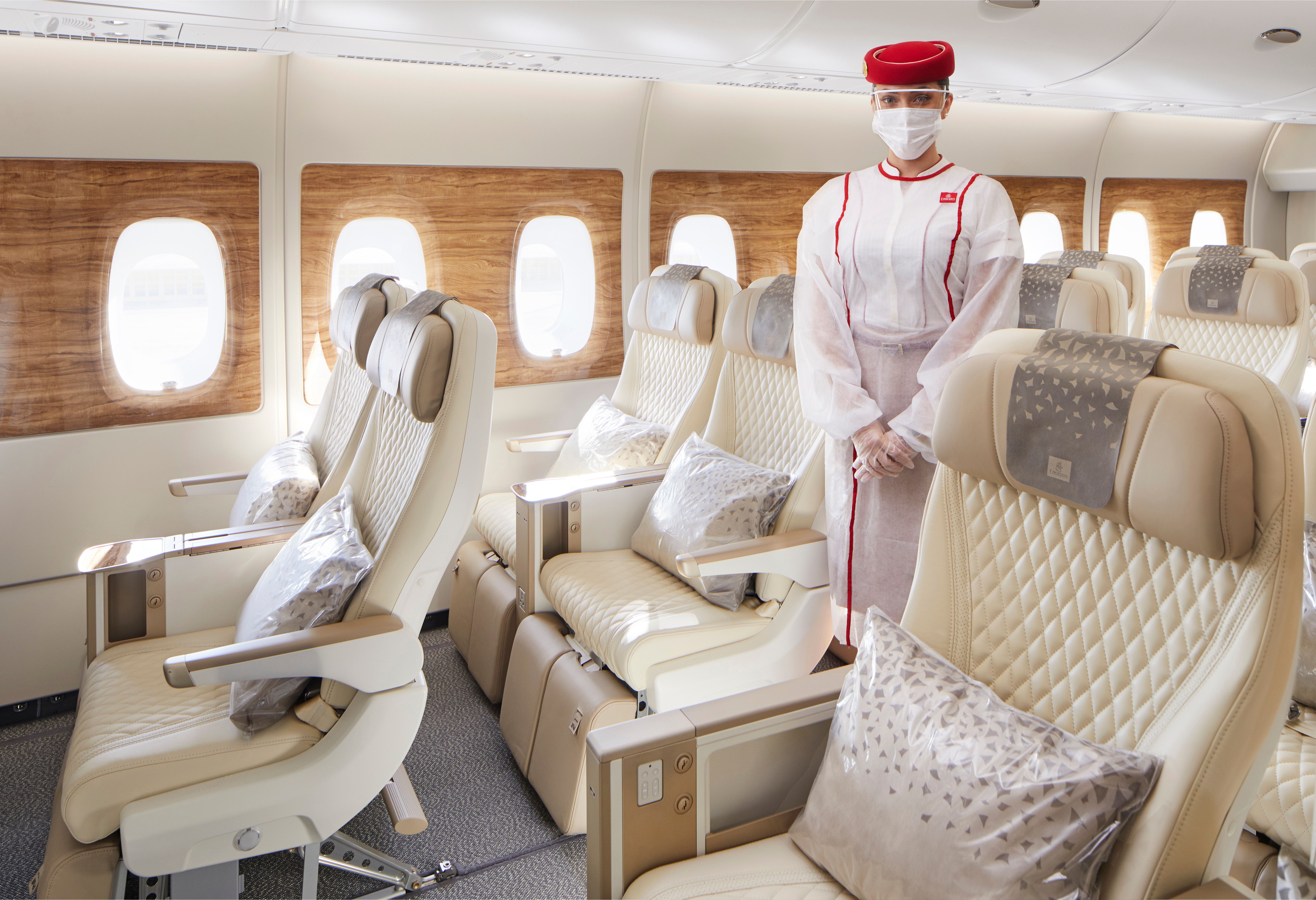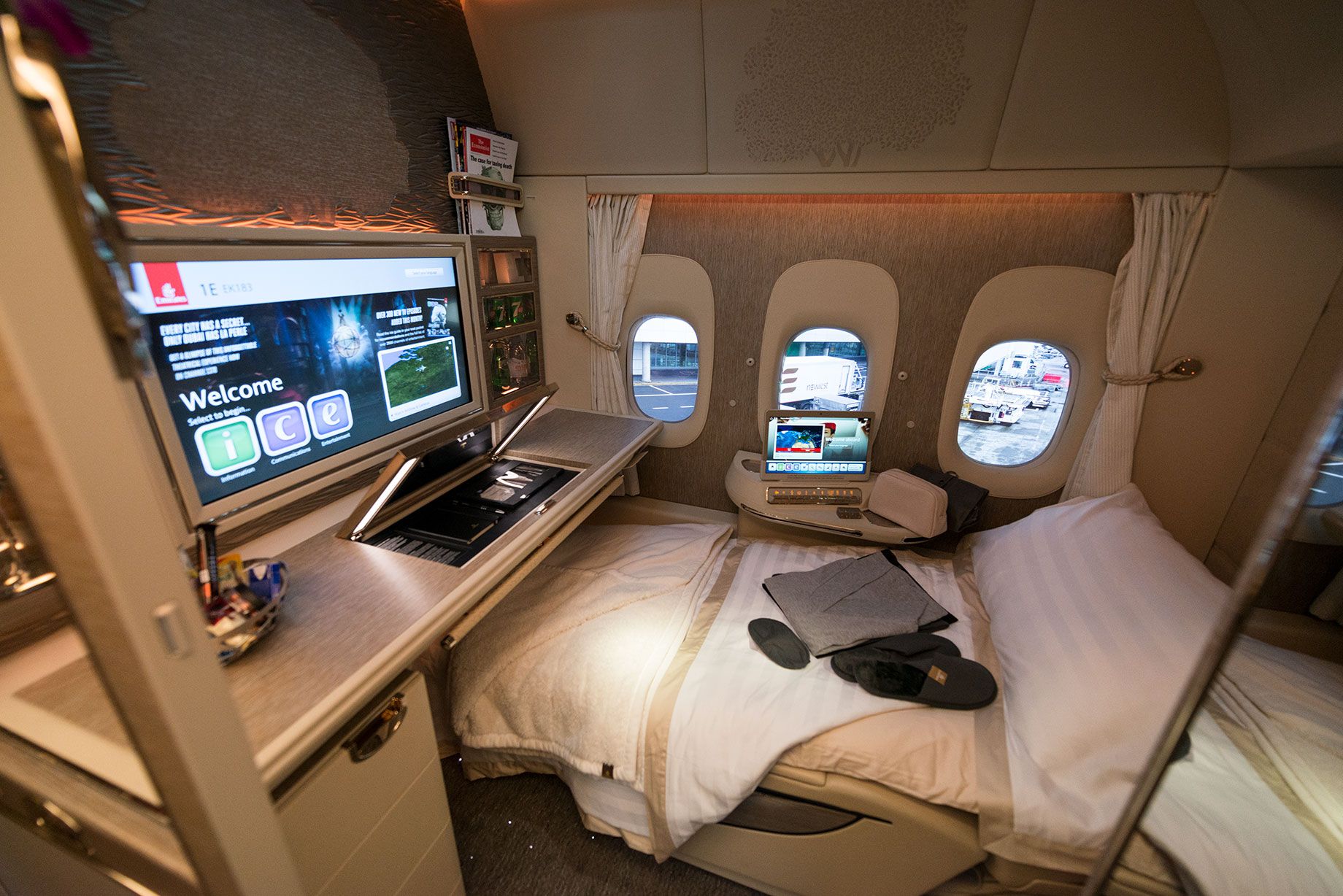Whenever you purchase an airline ticket, you may have noticed that it always has an alphabetic or alpha-numeric code used to identify a fare type. Fare types range from economy class up to first class.
Because computer algorithms determine ticket prices, many factors go into determining how much you are going to pay for your ticket. Airline tickets are always more expensive during peak times like the summer or school holidays and vacations. Other factors also determine how much you will pay based on availability and how long you purchased your ticket before the flight. There was a time, now sadly gone, when you could show up at an airport without a ticket, and if an empty seat was available, easily purchase a "standby ticket" for a considerable discount.
Get all the latest aviation news right here on Simple Flying
Airlines offer between one and four classes of service
Today, generally speaking, on airlines, there are four types of classes:
- Economy: Almost always the rear of the aircraft, a section of dense seating that caters to leisure travelers. On low-cost carriers like Ryanair and easyJet, their aircraft are configured in an all-economy layout.
- Premium economy: Situated behind business class, premium economy seats are slightly wider than economy seats and offer more legroom. Some airlines even offer an upgraded meal service.
- Business class: As the name suggests, catering to people traveling for business, seats in business class offer more privacy and can often be configured into a lay-flat bed perfect for taking a nap on long-haul overnight flights.
- First class: The big three United States carriers Delta Air Lines, United Airlines, and American Airlines, all got rid of their first class seats on long-haul flights and replaced them with business class seats. While similar to what you would find in business class, flying first class can include a chauffeur-driven limousine to and from your hotel. First class passengers are also pampered from start to finish with à la carte meals on demand and a paired wine list to match the food offerings. If you have the funds, you can still fly first class with carriers such as Emirates, Etihad, Air France, British Airways, Japan Airways, All Nippon Airways, Lufthansa, Thai Airways, and Singapore Airlines.
Select the best class of service to suit your needs
As you can see, only some travelers are looking for the cheapest ticket, and paying extra for a premium economy ticket can have more benefits, like extra air miles or an increase in your luggage allowance.
A friend discovered this on a recent TAP Portugal flight from Miami to Lisbon. He needed to travel with two suitcases, but his allowance on an economy class ticket was only one. This meant that if he were flying economy, he would have to pay for the second suitcase. In premium economy, the allowance was two suitcases and extra air miles. However, the cost of upgrading to premium economy was the same as paying for the excess luggage, so the choice was simple.
The codes have a letter and a number
Each of the above fare classes is identified with a one-letter code:
- Y = A full-fare economy class ticket
- W= A full-fare premium economy class ticket
- J= A full-fare business class ticket
- F= A full fare first class ticket
There are various other letters to describe lower fares of the same class as well. After the letter, you will see a number that ranges from zero to nine. For example, if your ticket says J2, two seats are still available in business class on your flight. Nine is the largest possible number and indicates that there are more than nine seats available in your class of service. An example of this would be Y9 in economy class.




